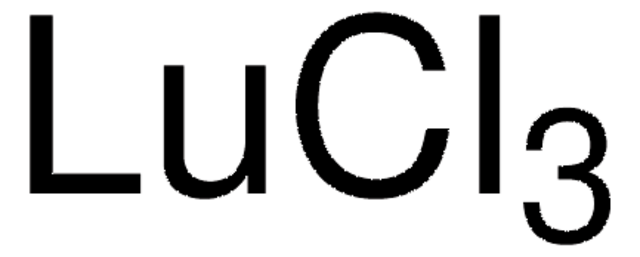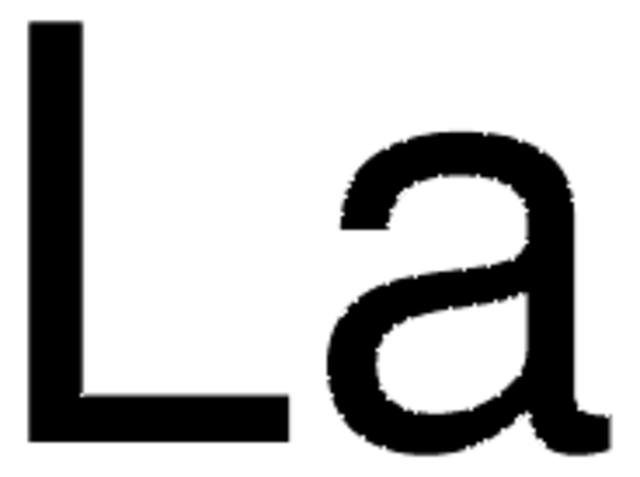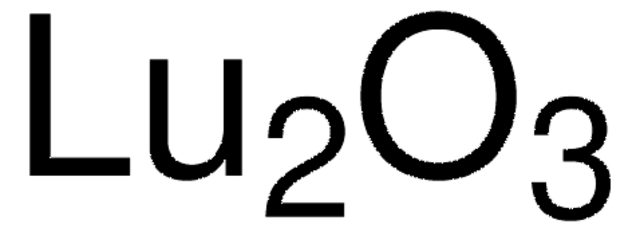Kluczowe dokumenty
GF58573648
Lutetium
powder, 1g, max. particle size 500 micron, 99.9%
Synonim(y):
Lutetium, LU006010
About This Item
Polecane produkty
Próba
99.9%
Formularz
powder
producent / nazwa handlowa
Goodfellow 585-736-48
rezystywność
54 μΩ-cm, 20°C
wielkość cząstki
500 μm
bp
3402 °C (lit.)
mp
1663 °C (lit.)
gęstość
9.84 g/mL at 25 °C (lit.)
ciąg SMILES
[Lu]
InChI
1S/Lu
Klucz InChI
OHSVLFRHMCKCQY-UHFFFAOYSA-N
Szukasz podobnych produktów? Odwiedź Przewodnik dotyczący porównywania produktów
Powiązane kategorie
Opis ogólny
Informacje prawne
Hasło ostrzegawcze
Danger
Zwroty wskazujące rodzaj zagrożenia
Zwroty wskazujące środki ostrożności
Klasyfikacja zagrożeń
Flam. Sol. 1
Kod klasy składowania
4.1B - Flammable solid hazardous materials
Klasa zagrożenia wodnego (WGK)
WGK 3
Temperatura zapłonu (°F)
Not applicable
Temperatura zapłonu (°C)
Not applicable
Wybierz jedną z najnowszych wersji:
Certyfikaty analizy (CoA)
It looks like we've run into a problem, but you can still download Certificates of Analysis from our Dokumenty section.
Proszę o kontakt, jeśli potrzebna jest pomoc Obsługa Klienta
Masz już ten produkt?
Dokumenty związane z niedawno zakupionymi produktami zostały zamieszczone w Bibliotece dokumentów.
Nasz zespół naukowców ma doświadczenie we wszystkich obszarach badań, w tym w naukach przyrodniczych, materiałoznawstwie, syntezie chemicznej, chromatografii, analityce i wielu innych dziedzinach.
Skontaktuj się z zespołem ds. pomocy technicznej








